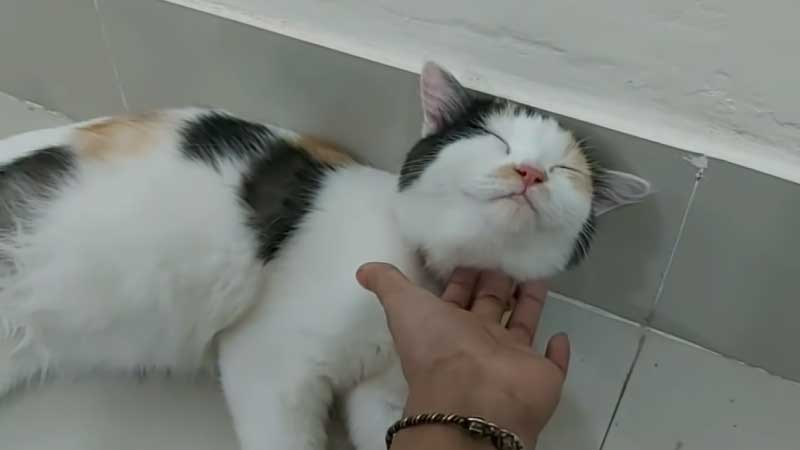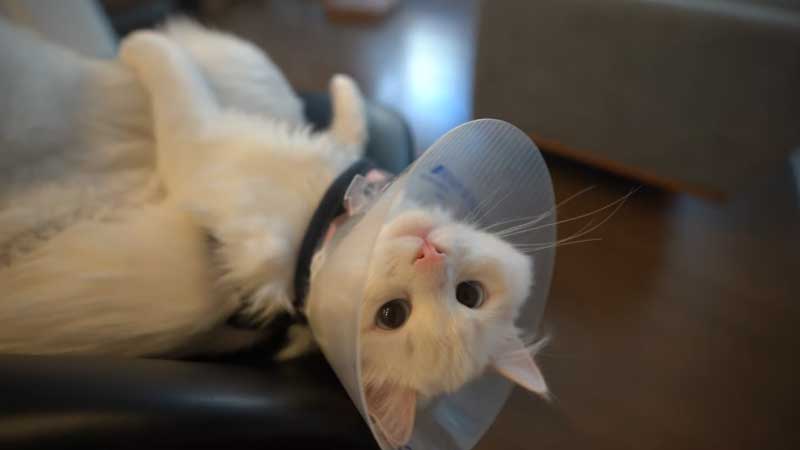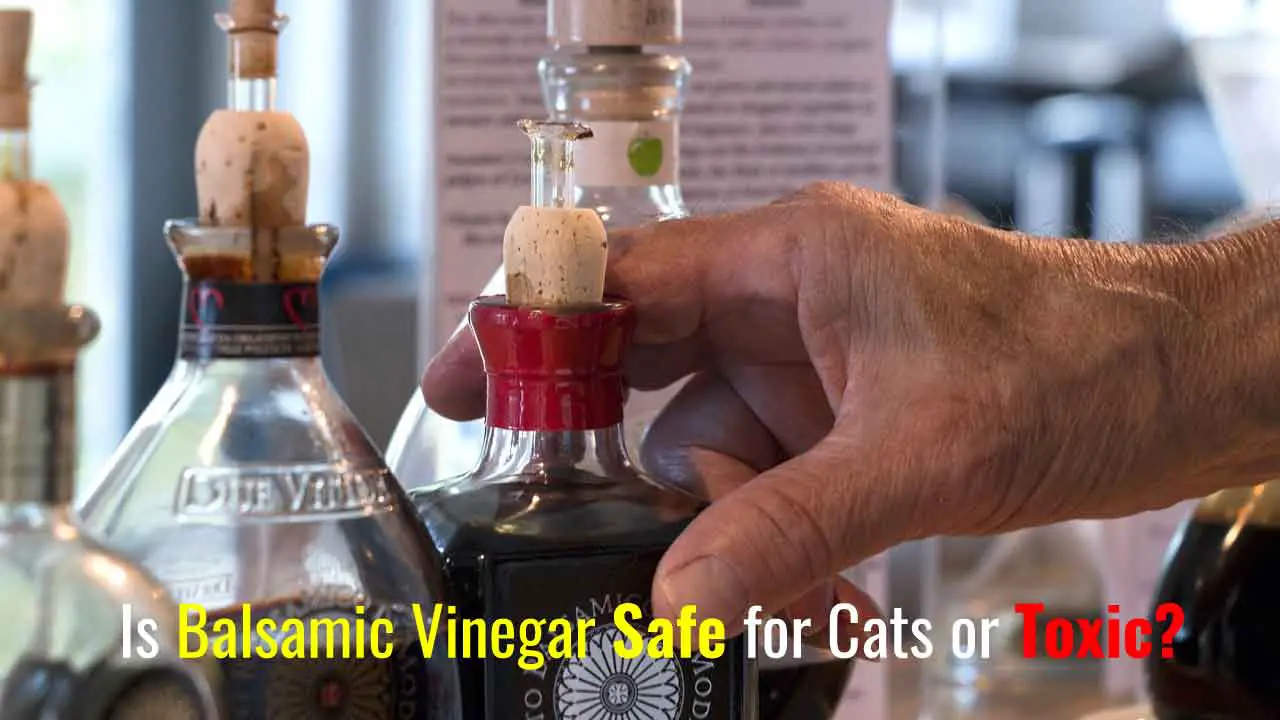Cats are adorable creatures that often seem like they want to eat anything we put in front of them. That’s why many cat parents are worried about can cats eat human food like dogs? and whether human food is safe for cats. You may be surprised to learn that some human foods can actually be beneficial for cats. At the same time, it’s important to know which foods are safe for cats because not every food that’s safe for humans is necessarily safe for cats.
While cats are obligate carnivores and need plenty of animal-based proteins, there are actually several human foods that can be part of a balanced diet for cats. In this article, we’ll look at some of the most common human foods that are safe for cats and can safely enjoy.
Are There Nutritional Benefits to Feeding Cats Human Foods?
When it comes to feeding cats, many owners are often unsure what food is safe and beneficial for their pets. While the primary diet for cats should be composed of specially-formulated cat food, there may also be potential nutritional benefits from supplementing with human foods.
Commercially prepared cat food should always be your cat’s primary source of nutrition to ensure its health and well-being.
In general, cats require an essential balance of vitamins and minerals to stay healthy and live long lives. However, some nutrients found in human foods may not be available in sufficient quantities when relying solely on formulated cat food diets. Supplementing an average cat’s meal plan with the right type of human foods can help ensure they’re receiving the important nutrients they need on a daily basis.
- Vitamin A: Cats can benefit from vitamin A, which is good for vision and eye health; Vitamin A found in carrots, sweet potatoes, spinach, and broccoli, and also in many human foods.
- Vitamin B: Helps keep up energy levels and fight off infections. Mangoes, bell peppers, strawberries, and oranges are rich foods that are good sources of vitamin C.
- Vitamin C: Helps support a healthy immune system and strong bones.
- Vitamin D: If your cat doesn’t get out much, you could also find vitamin D in fish such as salmon and tuna, egg yolks, and cheese. Sunlight is also the best source of vitamin D.
- Vitamin E: It is good for the coat and has antioxidant properties.
- Vitamin K: This is also very important for your cat’s clotting. It is found in leafy green vegetables and beans.
11 Human Foods That Are Safe for Cats

So many human food options are available for cats that can feed efficiently. For example, cooked eggs, tuna or salmon fish, lean meats like chicken or turkey, and even small portions of dairy products like cottage cheese or plain yogurt are all safe treats for cats.
Fruits like bananas and apples provide important vitamins and minerals and are tasty treats for felines. Vegetables such as broccoli, carrots, green beans, and spinach offer nutritional benefits too. However, it’s important to note that cats may not always find these healthier options demanding – so stick to the tried-and-true favorites in moderation!
Protein: Fish, Eggs, Chicken
Protein is an essential part of a cat’s diet, and there are many human foods that are safe to feed cats. Fish, eggs, chicken, and other poultry types are all great protein sources for cats.
When considering which type of protein to choose for your cat, it’s important to consider their dietary needs as well as any potential allergies they may have. Fish, such as tuna and salmon, provide a good source of omega-3 fatty acids that help support joint health in cats.
Eggs are also a great source of protein for cats, with high levels of B vitamins and amino acids. Chicken is the most common form of poultry served to cats due to its high level of lean protein and low-fat content. All three types of proteins can be fed raw or cooked depending on your pet’s preference and safety considerations.
Dairy: Cheese, Yogurt
Dairy products like cheese and yogurt can be a tasty treat for cats. In moderation, these dairy products can be part of a healthy diet for your furry friend. Cheese is high in fat and calories, so it should only be used as an occasional treat. Yogurt is made from fermented milk and contains beneficial bacteria that can promote cat digestion. It also provides calcium, which helps to keep bones strong and healthy.
However, before feeding your cat, you should always ensure there are no artificial sweeteners or additives, as these could potentially be harmful. To ensure the best nutrition for your cat, consider talking with your veterinarian about the right ways to include these dairy products in their diet.
Fruits & Veggies: Apples, Broccoli
Fruits and veggies are great sources of fiber, vitamins, minerals, and other essential nutrients that cats need to stay healthy. Apples and broccoli are just two foods from the long list of human foods that can be safely given to cats. Not only do these two fruits and vegetables provide cats with crucial nutrients, but they also make for a tasty treat.
Apples offer a wide range of health benefits for cats thanks to their high content of antioxidants and vitamins A & C. Similarly, broccoli is packed with important vitamins, such as magnesium and iron—essential components for overall cat health. However, it’s important to note that these food items should always be served in small quantities as part of a comprehensive, balanced diet plan crafted specifically for your pet’s needs.
Grains & Legumes: Rice, Lentils
Understanding the nutritional needs of cats can be tricky. After all, their dietary requirements are very different than our own. However, some overlap exists between what humans eat and what’s safe for cats to consume. Grains and legumes, specifically rice and lentils, are good examples of this.
Rice is a staple in many households and can be a great source of carbohydrates for cats as well as humans. While plain white or brown rice is generally safe for cats to eat, it’s important to ensure that any seasonings or added ingredients won’t harm them before offering it up as a snack option. This also applies to lentils – they should always be cooked before being given to your kitty companion!
Oils & Nuts: Olive Oil, Almonds
Olive oil and almonds, two popular kitchen staples for humans, may also be beneficial for cats. Almonds offer numerous benefits to cats, such as providing them with protein, fiber, healthy fats, vitamins, and minerals such as calcium and magnesium.
Olive oil has been known to help fight inflammation and aid digestion in cats when taken orally. It is also an excellent source of omega-3 fatty acids, which can improve overall skin health and coat texture. Some cats may have sensitivities to olive oil; that’s why when you train your cat’s diet, start with small amounts. Start by incrementally adding a teaspoon or two per day until the desired quantity is reached.
Human Foods to Avoid Feeding Your Cat
It can be tempting for many cat owner to share their meals with their beloved pets. But not all human foods are safe for cats to eat, and some can even be toxic, as we mentioned before. That’s why knowing which human foods to avoid feeding your cat is an important part of responsible pet ownership. From chocolate to onions, here are the top human foods that you should never give your furry friend.
Because chocolate contains theobromine and caffeine, both of which are toxic for cats in large amounts and can cause vomiting, diarrhea, seizures, or even death if ingested. Onions are also poisonous for cats due to a compound called thiosulfate that damages red blood cells when consumed. Garlic also contains this compound but in smaller amounts – it’s still best avoided with cats as it could lead to anemia over time if eaten regularly.
We have shared some high-fat food; try to avoid these foods as much as possible for your cat.
- Chocolate contains toxic components that can cause vomiting and diarrhea.
- Grapes, raisins, and onions contain substances that can harm their red blood cells and lead to anemia.
- Additionally, foods containing caffeine, including coffee grounds, tea bags, or sodas, should also be avoided since they are considered toxic for cats.
How to Feed Cats Human Foods
Feeding cats human foods is controversial, but it is possible to safely provide cats with certain types of food from your plate. Knowing what kind of human food is safe for cats can help pet owners make better dietary choices for their feline friends. The first step in understanding how to feed your cat properly is to learn about a species-appropriate diet.
Cats require high protein levels from animal sources, including taurine and other amino acids, which are not found in plant-based proteins. They also need essential fatty acids and vitamins that are generally absent or present in inadequate amounts in commercial dry or canned pet food diets. It’s important to remember that feeding cats human food should supplement rather than replace their regular diet.
It is advised that daily treat consumption does not exceed 20 calories, consisting of two teaspoons of cooked salmon or chicken or 25 blueberries. However, it is not recommended to provide the entire quantity of berries. Dr. Wismer suggested that one could integrate human food snacks with feline treats to achieve the desired amount.
Conclusion: Considerations for Feeding Cats
In conclusion, it is important to be aware of the foods that are safe for cats to eat. Though cats can enjoy eating various human foods, it is important to ensure that the food is free of spices and salt and does not contain any onions or garlic.
When familiarizing new foods into your cat’s diet, it is important to do so gradually and in small portions. A balanced diet with plenty of fresh water should help ensure your cat stays healthy and happy. Hopefully, our this human foods that are safe for cats guide will help you know more about this topic.




